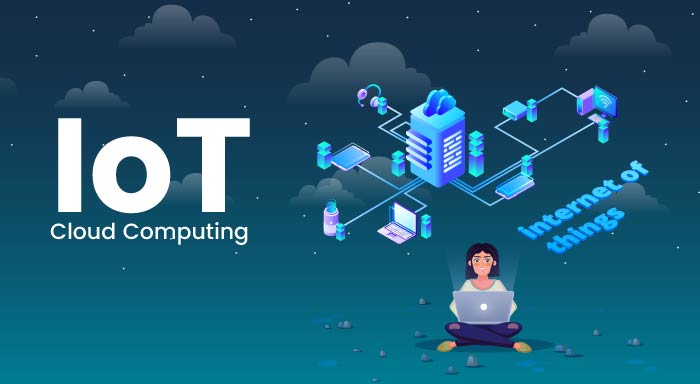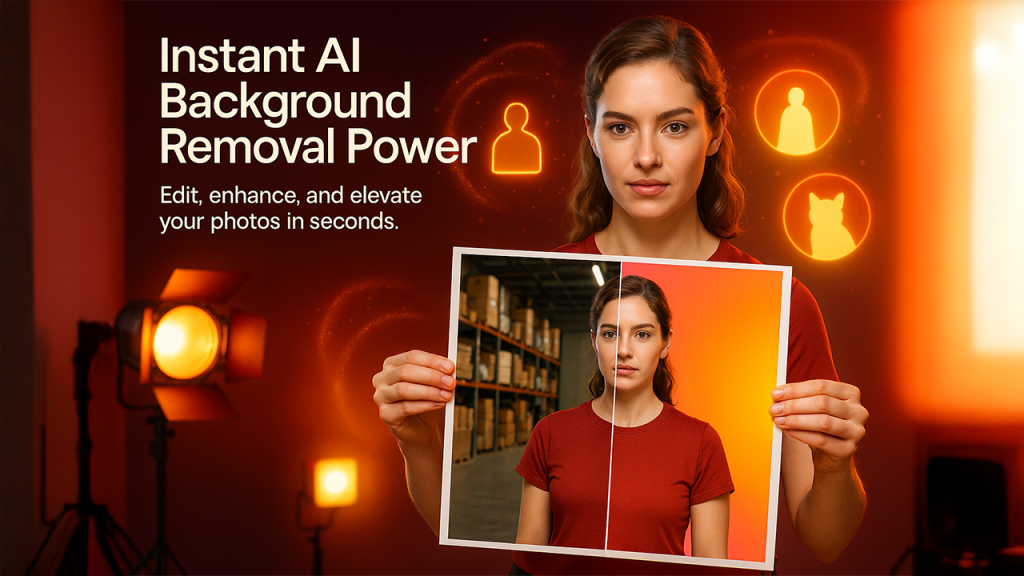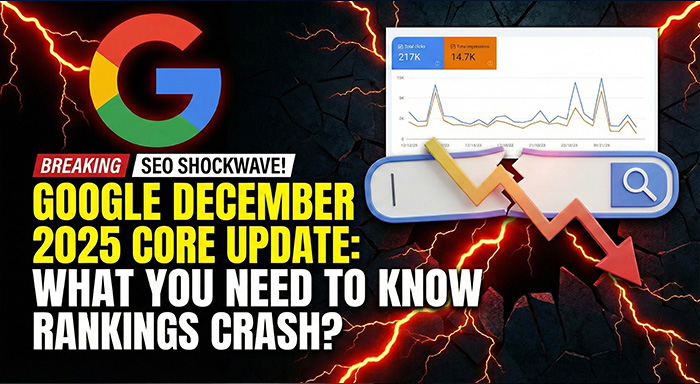Introduction
IoT cloud computing is the process of collecting and utilizing data across numerous IoT systems and cloud infrastructure for storage, processing, and analysis of information in the cloud. You might wonder that if IoT and cloud computing are two separate players of technology, how can they work together? Well, they are closely related and are combined to ensure real-time monitoring and data analytics in an IoT environment. Have you ever wondered how your IoT wearables like a smartwatch collect real-time data and immediately show up in your cloud account?
To understand this real-time synchronization, it is important to understand IoT cloud computing in detail
What is IoT?
Coined in 1999, the term Internet of Things is basically a sophisticated interconnectivity between embedded devices and systems to facilitate seamless data collection, processing, and sharing. An IoT environment contains various devices entailed with sensors and connected with software to ensure data is collected and shared easily. Across industries, IoT is leveraged to enhance efficiency, user convenience, and data-driven decision-making.
IoT allows the implementation of networking sensors and software into these devices through IoT levels, making it possible to collect and analyze data in real-time, with more information and automation.
What is Cloud Computing?
Cloud computing is an advanced way of leveraging all computing services like information storage, and running programs over the internet without the need of any machinery or equipment. It ensures data accessibility irrespective of time and location. One of the prime examples of cloud computing services is web-based storage services such as Google Drive or Dropbox. You can seamlessly store files at one location and easily open them in another location.
Primarily, there are three kinds of cloud computing services such as:
- IaaS (Infrastructure as a Service)- Businesses gain subscription-based services and virtualized hardware to improve their processing power.
- PaaS (Platform as a service)- It empowers programmers to generate applications through platform-dependent software.
- SaaS (Software as a service)- In SaaS, users get access to diverse software tools through subscription-based models.
The Relationship Between IoT and Cloud Computing
Relationship Between Cloud Computing and IoT
IoT cloud computing is a prominent term in the industry because it enables the IoT environment. Both IoT and cloud computing are closely associated concepts with cloud computing playing a key role in data storage and processing.
Management and Storage of IoT Data in the Cloud
IoT devices generate a considerable volume of data which can be saved and used for data analytics and improve decision-making. The scalability, flexibility, and cost-effectiveness of cloud computing make IoT a lot more convenient and viable solution. Users can then use an AI Data Services tool to organize and interpret this raw data and derive remarkable insights.
For instance, IoT sensors can collect data related to traffic patterns and congestion areas. Authorities and city planners can utilize these insights to minimize congestion and enhance city life.
IoT Cloud Computing Enables IoT Environment
Cloud computing is an intrinsic aspect of how IoT works as it provides computing power and storage space for numerous IoT applications. Companies can easily save their information on distant services but can access information from any place and at any time. It makes it easy for the platforms to ensure real-time connectivity and facilitate smooth data exchange.
Developers are also empowered through these cloud services to create custom IoT solutions. Cloud computing makes sure that developers can get started without requiring high-level programming proficiency or hardware infrastructure. Efficient cloud service providers such as Azure and AWS provide organized services for collaborating with machine learning platforms or databases.
Benefits of Integrating IoT with Cloud Computing
1. Scalability and Flexibility:
Using cloud services can also increase or decrease depending on the need because the infrastructure is cushioned well to handle massive data coming from IoT devices and IoT sensors. This is important, especially with a continuous advancement in the number of connected devices.
2. Cost-Effectiveness:
One of the benefits of cloud services is that infrastructures can be run inexpensively and require little management. The Cloud-based Pay-per-use mechanism guarantees the most efficient control over the costs as patients pay as they go.
3. Enhanced Data Security:
Cloud computing has appropriate levels of security measures such as encrypting data and keeping programs up to date to safeguard data from breaches coming from IoT devices and other technology systems.
4. Real-Time Data Processing:
The integration of an IoT cloud computing environment directly promotes real-time data analysis and process mining, helping organizations make better decisions and improve operational performance. This is helpful in industries such as; health and manufacturing, where timely information is imperative.
5. Innovation and Competitive Edge:
The integration provides suitable conditions that encourage businesses to develop IoT applications and then implement research, and launch them as soon as possible. Such agility creates a competitive advantage in high-fluctuation environments, as is the nature of many current markets.
Applications of IoT cloud computing
1. Smart Cities:
Mayors of cities from all over the world apply IoT devices and cloud solutions to control traffic flow, energy consumption, and public security. For instance, intelligent systems such as sensors of traffic can detect the traffic density and timely change the traffic signal light to minimize congestion.
2. Healthcare:
Smart clothes are designed to monitor basic health parameters and transmit the data to wearables in the cloud. The following information enables healthcare practitioners to assess the condition of patients constantly and even predict future health complications.
3. Manufacturing:
Manufacturing facility IoT sensors keep track of equipment efficiency in real-time. The information is then transmitted to a cloud environment where analysis is performed to predict faults that would have caused stoppages in operation.
4. Retail:
Retailers use IoT devices and cloud computing to manage inventory, track customer preferences, and optimize supply chains. This integration helps retailers make more informed decisions about stocking and promotions.
How to Implement IoT Cloud Computing Solutions?
Selecting the perfect platform for the Internet of Things-
It is imperative to make the right decision while selecting the cloud computing solution for our IoT application. Here are some factors you must consider-
- Make sure that your platform is cohesive with your IoT devices and provides support to all connectivity options and protocols like CoAP and MQTT.
- The platform must have the capability to take care of large volumes of data streams and IoT devices as it evolves.
- If your application needs quick responses, it is important to process information nearer to the source, so go for edge computing in that case.
- When choosing a cloud computing solution, make sure that it is compatible with AI, machine learning, and real-time analytics to enable you to comprehend your information better.
- When integrating your cloud with IoT, make sure that connections are established for diverse databases, cloud services, and APIs to upgrade functionality.
Smart tips for facilitating successful IoT cloud computing integration-
- Make sure that the architecture is scalable and can easily accommodate higher data volumes and larger devices.
- Management of data must be executed with the right strategies to make sure that the data is processed, stored, and deleted effectively, minimizing unnecessary expenses.
- Leverage edge computing methods to minimize delays in IoT applications where quick responses are of paramount importance.
- Perform regular analysis of performance, resource utilization, and data flow to improve the performance of the system and minimize costs.
- It is highly important to verify and ensure consistent backup plans. Assess the post-integration performance and reliability of results. Make sure that backups are ready to deploy in case any downtime occurs.
Conclusion
By leveraging the powerful combination of IoT cloud computing, businesses can unlock new levels of efficiency, innovation, and insight, transforming how we live and work. This dynamic duo is set to drive the future of technology, making it a critical area for organizations and industries to explore and invest in.
FAQs for IoT Cloud Computing
1. What is IoT, and how does it connect with cloud computing?
IoT connects physical devices using safe communication protocols in IoT that collect and share data, while cloud computing provides the platform for storing and processing that data. They work together to facilitate efficient data management and analytics.
2. Is integrating IoT cloud computing secure?
Yes, major cloud providers implement robust security measures such as encryption and multi-factor authentication to ensure the secure transmission and storage of IoT data.
3. Do IoT applications require cloud computing?
While not strictly necessary, cloud computing enhances IoT applications by providing scalable resources for data storage and real-time analytics.
4. What skills are needed to work with IoT and cloud computing?
Professionals need knowledge in hardware design, software development, networking, and cloud platforms like AWS and Azure, along with expertise in data analysis and security.
Related Reads
IoT Vs M2M | Understanding the Key Difference
IoT Communication Models | Connecting the World of Smart Devices
Revolutionizing Business Processes with IoT | A Guide To Integration And Benefits
Smart Irrigation System using IoT : Modernizing Water Efficiency



